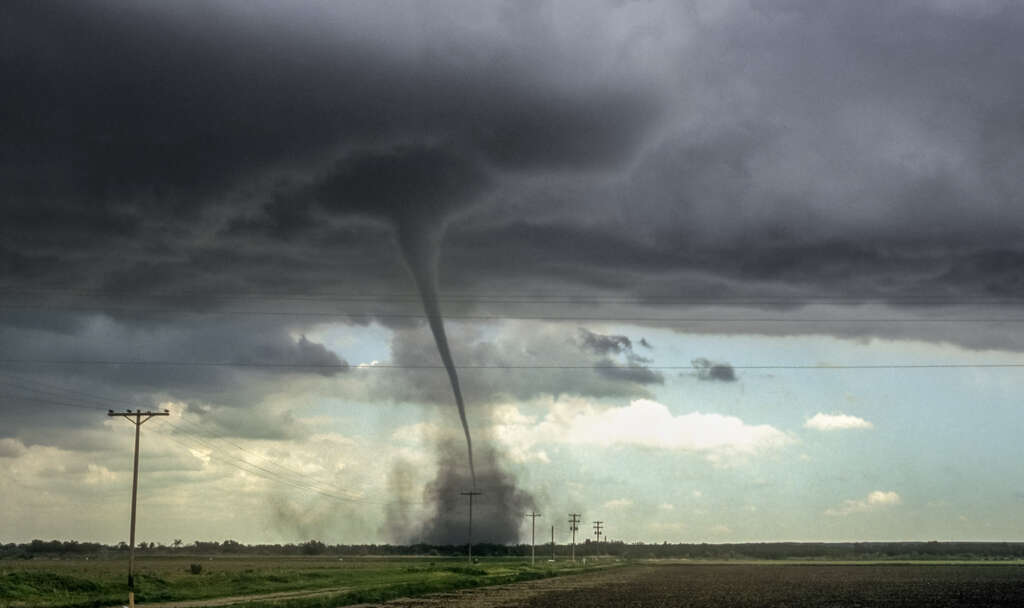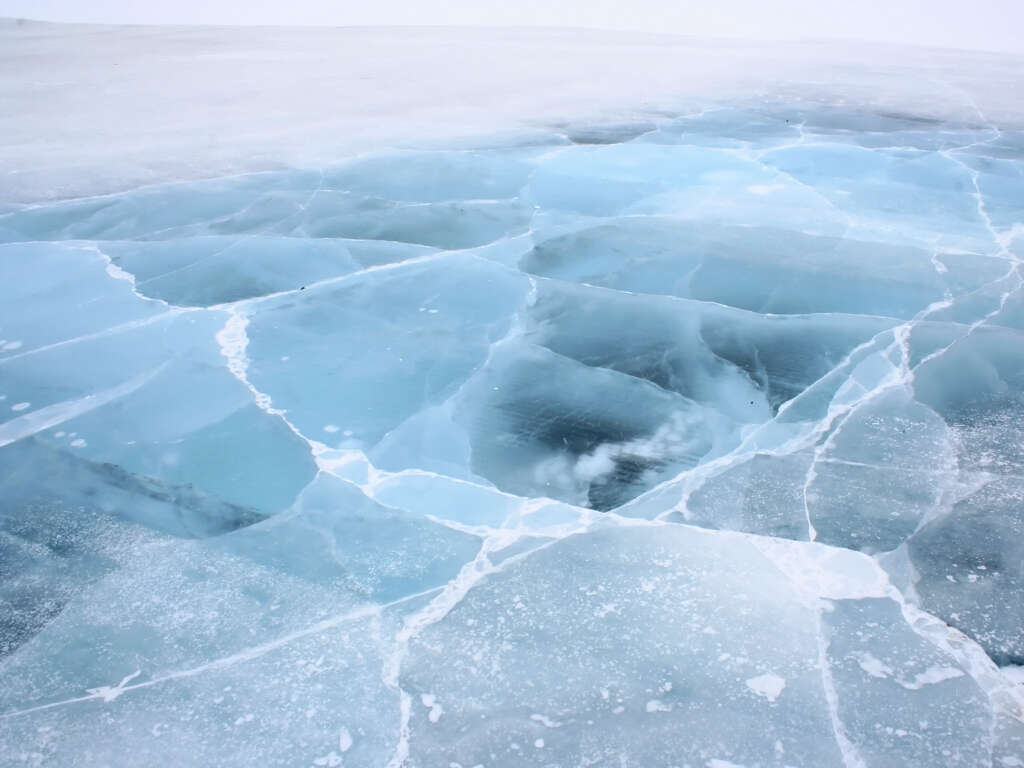How Do Tornadoes Form?
Tornadoes are something that have long terrified us and fascinated us. They have appeared in literature and film such as in The Wizard of Oz and The Day After Tomorrow. They are often treated with awe, and for very good reasons, considering they can be extremely destructive.
The weaker tornadoes can still be powerful enough to cause damage to property and infrastructure. The most powerful can literally tear trees from their roots and cause entire homes to vanish. They are so dangerous that they are a real threat to life and sometimes take many casualties. They form when the conditions are just right and here’s a look at what those conditions are.
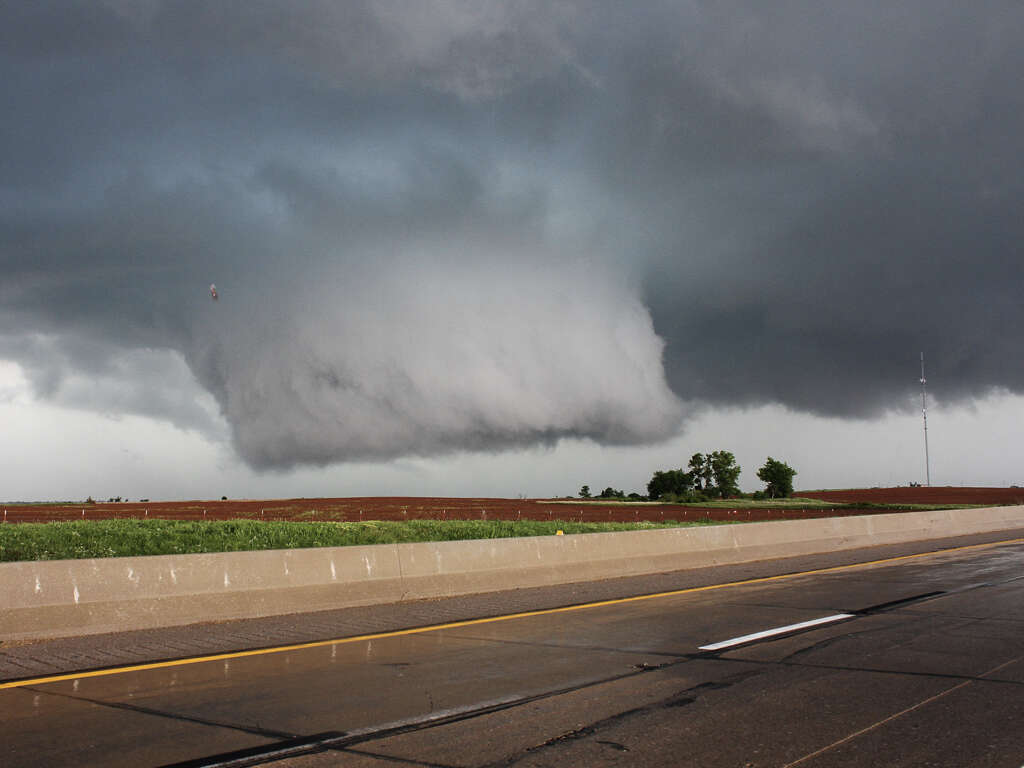
1. Warm Air Meets Cold Air
One of the essential ingredients needed for a tornado to form is for warm, moisture-laden air to meet cooler, dryer air. Warm air is less dense than cold air so, when the two meet, the warm air will be forced to rise, taking its moisture with it. This is why tornadoes are more likely to form at certain times of the year, such as the start of summertime when warmer air fronts are moving across the country. They can, however, form at pretty much any time of the year provided the conditions are right. While they are best known for forming in Americas Great Plains, they also occur in many other places in the world.

2. Thunderstorm
As the warm air rises, it takes its moisture with it. As this air rises, it will eventually meet colder air higher up in the atmosphere. When this happens, the moisture in the air will condense and form water droplets, forming clouds. With more and more water being taken up into the clouds, the clouds become increasingly dense, blocking out the sun if it is daytime.
These droplets will also become frozen and will rub and bump into each other, causing friction. This friction generates an electrical charge and this charge will occasionally be released in what we know as lightning. When the lightning suddenly heats the air, it causes that air to expand, causing a shockwave that we hear as thunder.
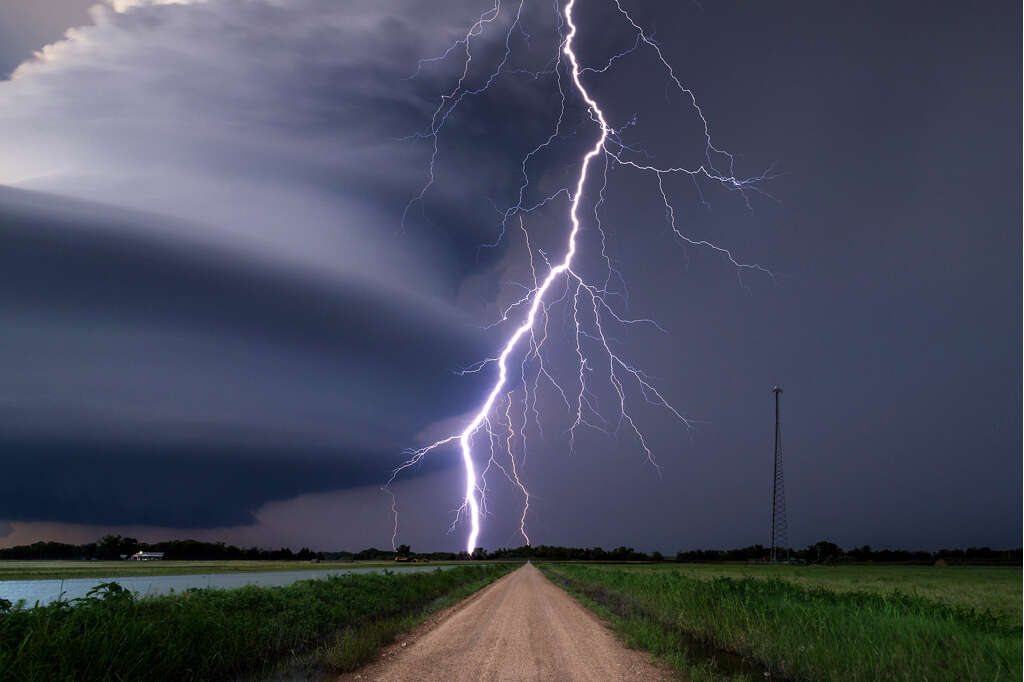
3. Supercells
If conditions are right then a thunderstorm can turn into a supercell - which is basically a severe thunderstorm. They are not common but, when they do occur, there is a good chance of them producing some very destructive weather including tornadoes.
A storm becomes a supercell when there is a mesocyclone present. This is caused by wind shear causing air to roll, almost in a tube-like fashion. An updraft will then lift this spinning cylinder of air into the storm cloud, where it will then begin to spin vertically. The spin of the mesocyclone will also cause the supercell to start spinning.
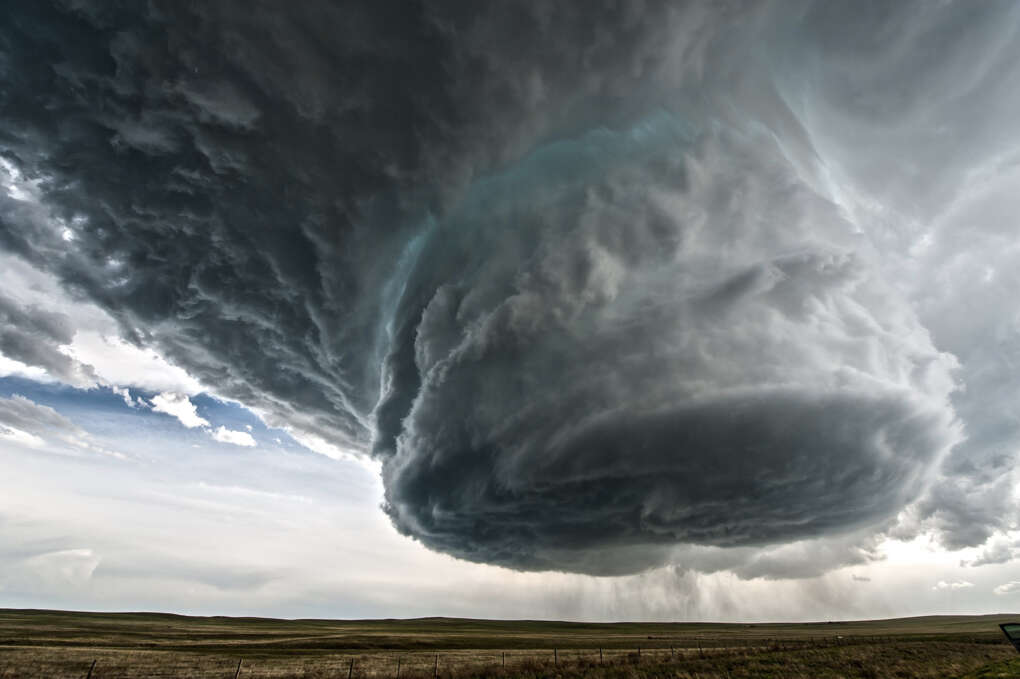
4. Downdraft
When warm air reaches colder air, the warm air will itself cool down. Surrounded by warmer air, this cool air will begin to descend, causing a downdraft. When it is in the spinning mesocyclone, this downdraft will itself begin to spin.
The downdraft and the updraft from the rising air will be working against each other, and the updraft is usually strong enough to prevent the downdraft from descending all the way to the ground. The exact conditions required for the downdraft to reach the Earth are unclear, making it difficult to anticipate exactly when and where a tornado will form.
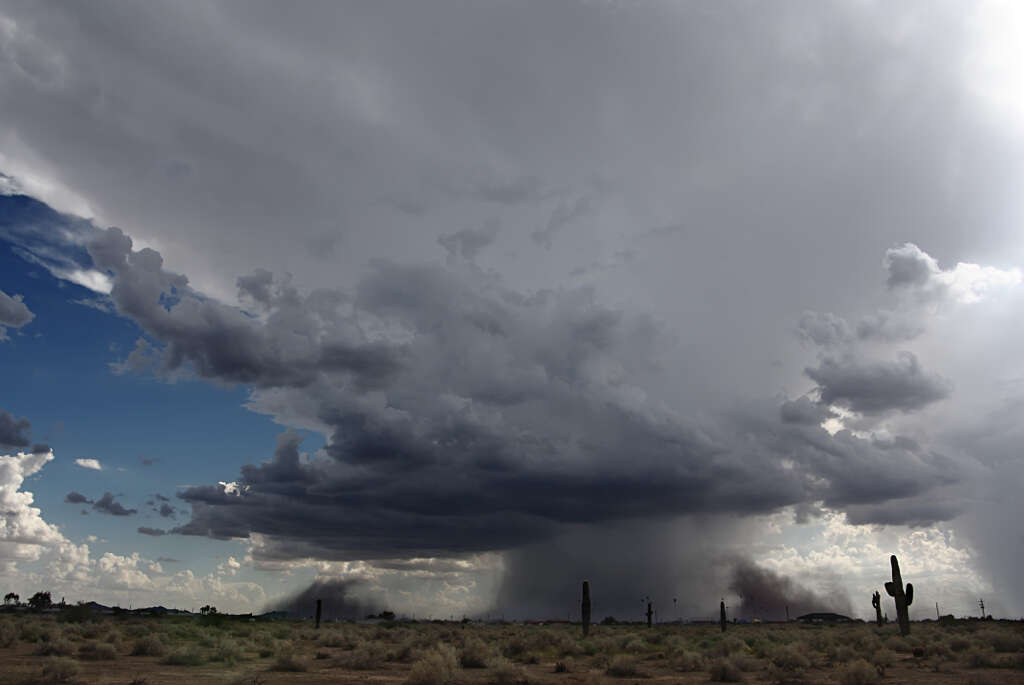
5. Touchdown
When conditions are right, the spinning cold downdraft will overcome the warm rising updraft and force its way down to the ground. It is at this point that we have a tornado. The spinning vortex of air has high winds that can be very destructive, causing damage to any property that it touches.
The winds in a tornado are usually slower than 110 mph, and some might be as low as 40-50 mph and will cause little damage. More severe tornadoes, however, can have winds reaching to around 300 mph and these will be very destructive indeed. The more severe tornadoes can also cover an area of more than 2 miles across.
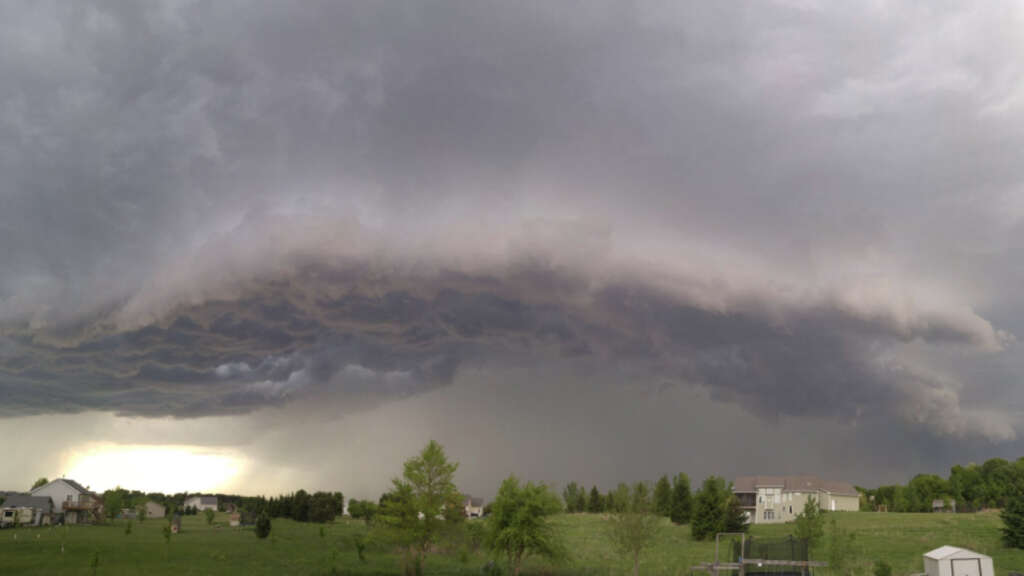
6. Waterspouts
A waterspout is basically a tornado that forms over water. They tend not to be as strong as those that form over land but they can still be very destructive to boats and similar. They are also quite visually striking as the vortex pulls water up into the cloud.
They are not usually formed by a supercell storm, which explains why they are not usually as strong as land tornados. Although they form over water, waterspouts will occasionally move over land where they can cause a lot of damage. Waterspouts are most common along the Gulf Coast but are not restricted to that area.
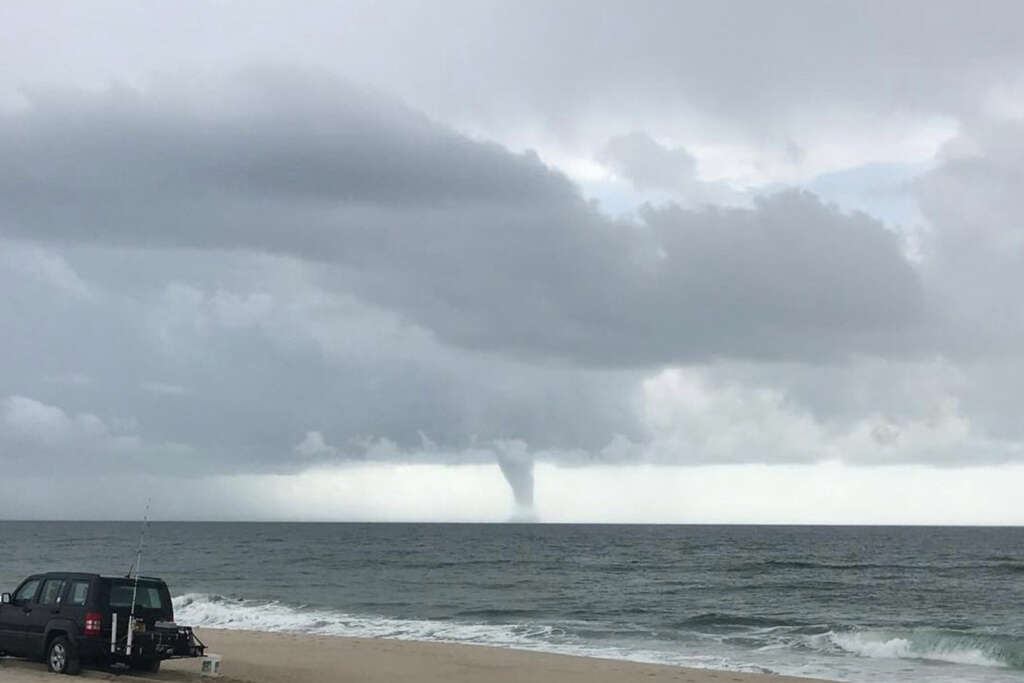
7. Anvil Clouds
An anvil cloud (cumulonimbus incus) is so called because it is shaped like an anvil with a flat surface at the top. They get their shape because of the way that the warming air continues to rise until it reaches the stratosphere. The air in the stratosphere is warmer than the air below, meaning that the cloud can rise no further.
Thus, the cloud spreads out instead of rising further and develops the characteristic flat top. The force of an updraft will sometimes be enough to push the cloud up through the basement of the stratosphere in what is known as an overshooting top. Clouds with an overshooting top are more likely to produce severe storms and tornadoes.
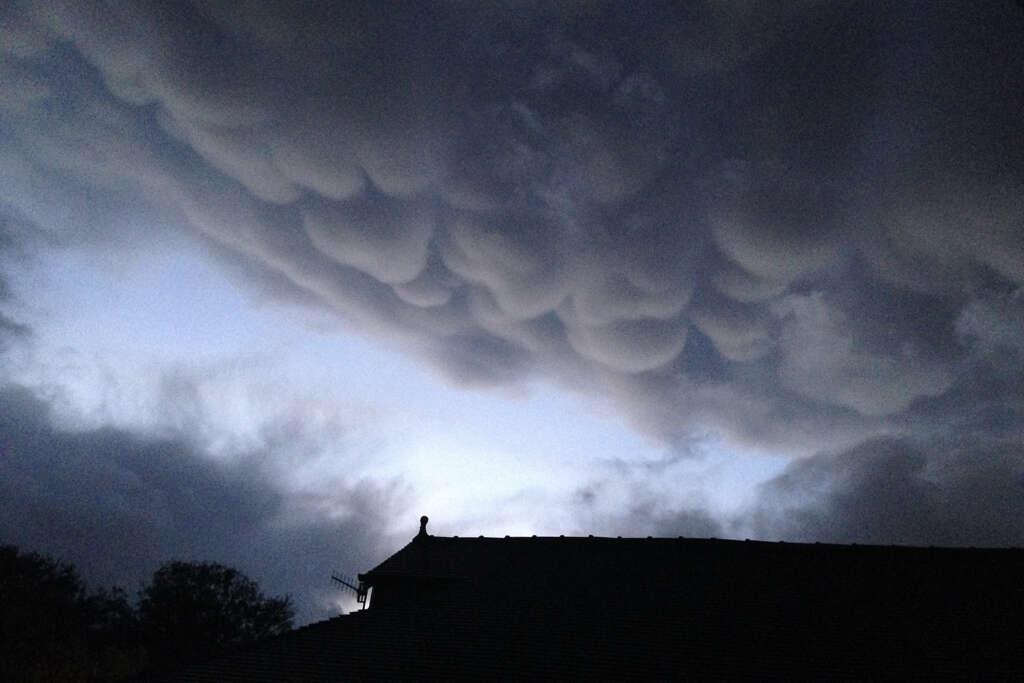
8. Wall Clouds
Another type of cloud associated with tornadoes is the wall cloud. These can be quite visually striking as it causes the base of the cloud to drop closer to the ground. Wall clouds will also sometimes take the form of a funnel, giving it the appearance of a tornado. They form as a result of entrainment.
It is a process that causes the air to become increasingly saturated with water and this causes more cloud to be formed. If the wall cloud is rotating then it indicates that a mesocyclone is present, and this is a sign that a tornado might be about to form.
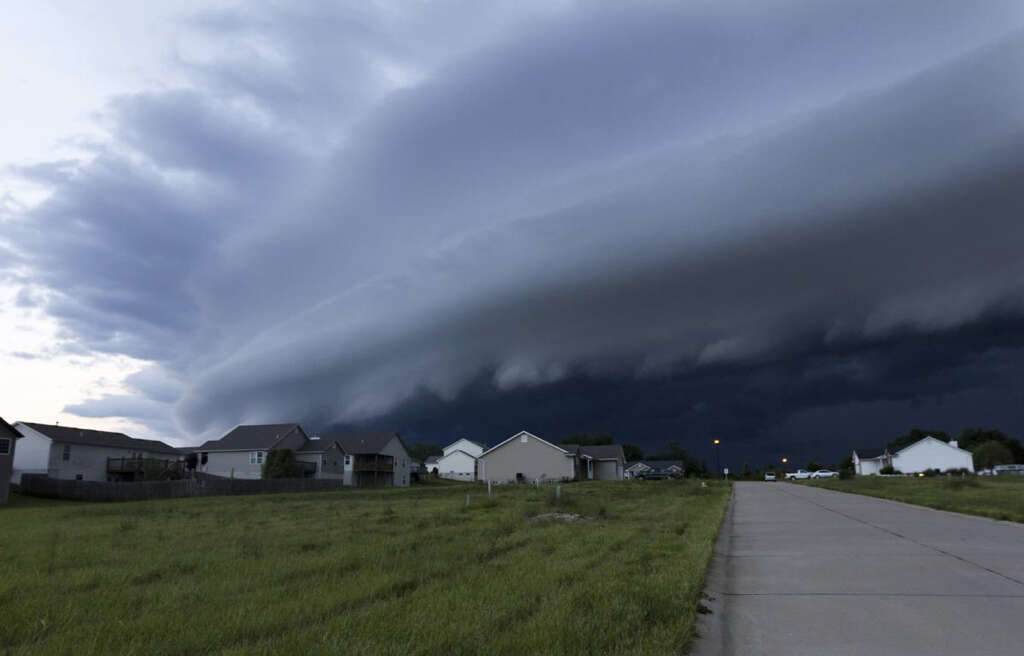
9. Hail
Tornadoes are destructive, thanks largely to their high winds that can down trees, tear roofs off houses and, in some cases, destroy houses completely. If that was not enough, some will also cause golf-ball-sized lumps of ice to fall down to Earth at high velocity a phenomenon known as hail.
When sufficient water is being taken up into clouds that are suitably cold at higher elevations, the water in the cloud can become frozen. Often, this will begin to descend and melt on the way, only to be lifted by the updraft again where the process is restarted, creating increasingly large hail until it does fall to Earth.
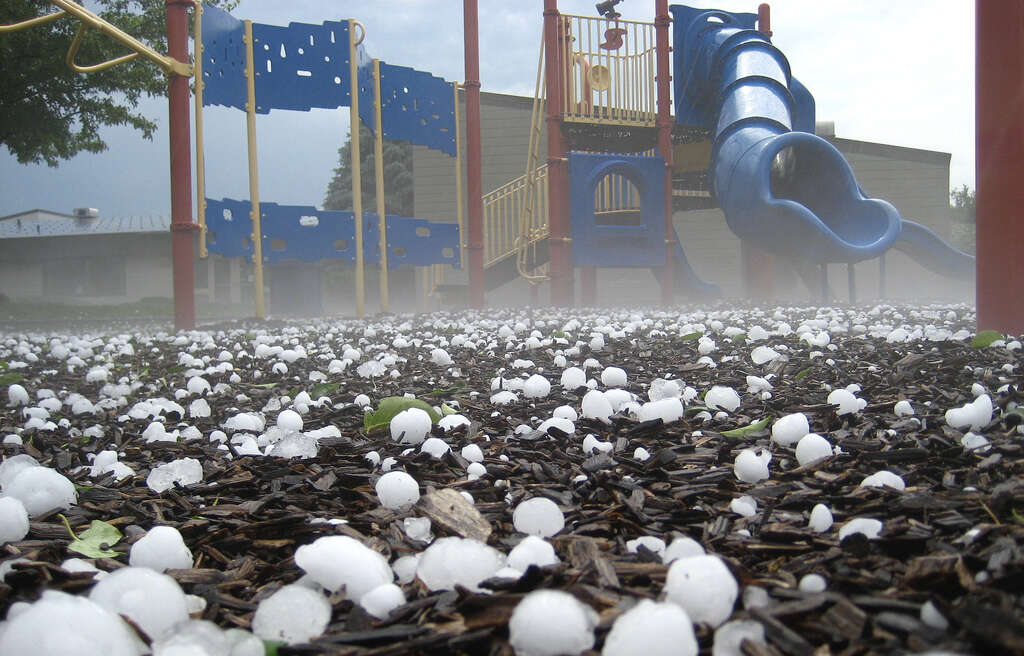
10. The Death of a Tornado
Most tornadoes will last for less than 10 minutes; some will even last for only a few seconds. Some, however, can last for as long as an hour, but these are rare. Regardless, they are generally very destructive for as long as they do touch down to the surface.
We don’t yet have a complete picture of how or why tornadoes eventually die out, but one potential cause is that the tornado moves over cooler ground. Another possibility is that the cloud itself begins to break apart. This makes them difficult to predict, and they will often disappear just as suddenly as they first formed.
